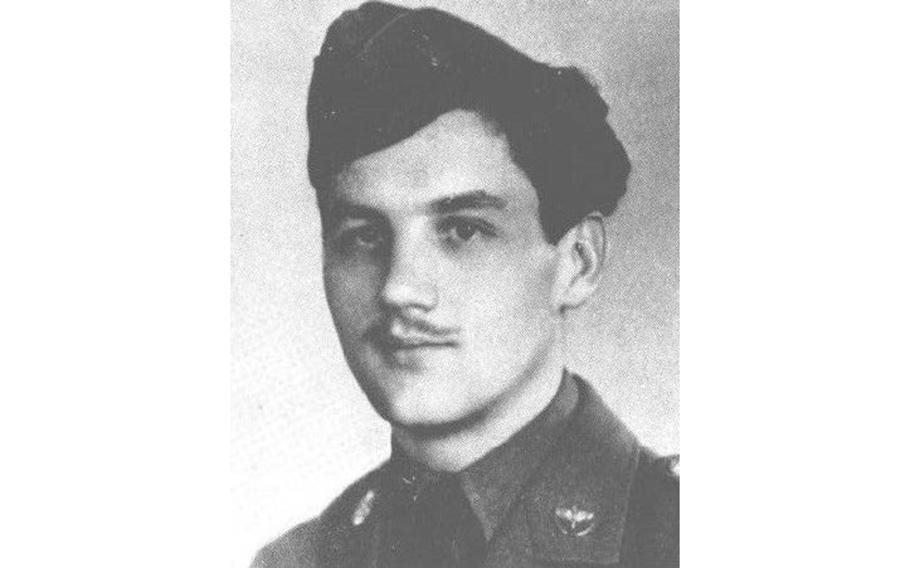
World War II veteran Army Air Forces Tech. Sgt. John Holoka Jr. (DPAA)
CRESSON, Pa. (Tribune News Service) — Long after John Holoka Jr. went missing in action during World War II, his relatives displayed pictures of the Army Air Forces technical sergeant in their homes.
Holoka’s great-nephew, Keith Levatino, remembers seeing those images of a man he never met.
“As a young boy and even into my teens, I knew that the loss of this great-uncle really had an impact on my grandmother, my own mother — he was her uncle — and all of the siblings,” Levatino, a school superintendent from Little Falls, New York, said in a telephone interview. “And I knew that because they would often talk about him, and, at mostly every house I would go, there was always this picture of great-uncle John.”
But the photographs were also reminders of important, painful and lingering unanswered questions.
How did Holoka go missing one summer day in 1944? Why was very little information provided? Where were his remains?
Now, eight decades later, the answers to those questions are finally known.
Earlier this month, the Defense POW/MIA Accounting Agency announced that Holoka’s remains have been discovered and identified through archaeological digs and scientific analysis.
Holoka, then 25 years old, was an engineer aboard a B-24H Liberator that was struck by anti-aircraft fire on June 22, 1944, after a bombing raid on a German airfield in Saint-Cyr-l’École, France, near Versailles.
The pilot was able to keep the damaged plane in the air until it was back over England. That’s when he gave the order to bail out. Seven of the 10 airmen successfully parachuted from the plane, but the other three — including Holoka — were still on board when it crashed into farmland in West Sussex, England, according to details provided by the DPAA.
Levatino, who submitted a DNA sample during the investigatory process, had been looking for that type of information for years.
“In my mind, I wanted to bring mental and emotional closure to my grandmother, mother and their families,” Levatino said. “I knew how hurtful this was to them, but I also wanted to make sure that he was honored — his memory as well as his service — and I think I’ve accomplished that.”
Finding and identifying Holoka’s remains has been a decades-long process.
The American Graves Registration Command of the Army Quartermaster Corps searched the spot where Holoka’s plane crashed in November 1947, after the end of the war, but couldn’t find the remains of any of the airmen. Holoka’s body was declared non-recoverable on May 10, 1950.
A local archaeological group tried to excavate the site in 1974, searching for airplane parts. U.S. Department of Defense search efforts took place in 2017 and 2019.
Human remains were eventually found at the crash site in June 2021. They were analyzed by the Armed Forces Medical Examiner System, which looked at mitochondrial DNA and Y-chromosome evidence, as well as dental records.
The DPAA announced on March 22 that Holoka was killed in action and accounted for as of Jan. 24.
Levatino called it “really a wonderful outcome.”
Holoka is one of 5,127 people listed on the Wall of the Missing at the 30.5-acre Cambridge American Cemetery and Memorial site in England. A rosette will be placed next to Holoka’s name on the wall to indicate that his remains have been recovered and identified.
A burial service for Holoka is scheduled in Portage on May 1, according to the DPAA.
(c)2023 The Tribune-Democrat (Johnstown, Pa.)
Visit The Tribune-Democrat at www.tribune-democrat.com
Distributed by Tribune Content Agency, LLC.